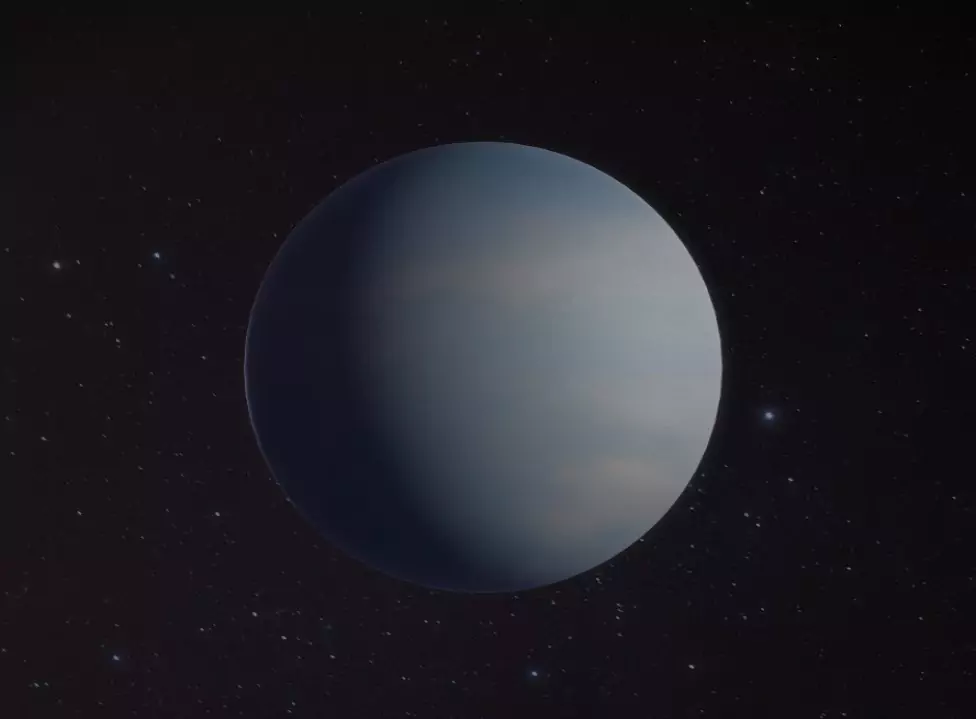Hycean World
The exploration of alien life has fascinated scientists and thinkers for centuries. In the 1800s, astronomers began speculating about life beyond Earth, especially on planets like Mars. This curiosity, while initially philosophical or speculative, later evolved into scientific inquiry with technological advancements.
From Laboratory Simulations to Space Missions
- A major breakthrough came in the 1950s with the Miller-Urey experiment, which recreated early Earth conditions and successfully formed amino acids—organic molecules essential for life.
- In the 1970s, NASA’s Viking missions were launched to Mars to search for biological activity.
- Though the results were inconclusive, they initiated a serious scientific pursuit of life beyond Earth.
SETI and the Role of Radio Telescopes
- During the 1960s, the SETI (Search for Extraterrestrial Intelligence) program began scanning the skies for radio signals from intelligent life.
- This marked a shift from passive speculation to active searching for intelligent communication from outer space.
The Discovery of Exoplanets
What are Exoplanets?
Exoplanets (also known as extrasolar planets) are planets that orbit a star outside our solar system. In simpler terms, they are planets just like Earth, Mars, or Jupiter—but they belong to other star systems, not our Sun.
- The first confirmed exoplanet was discovered in 1995.
- Since then, over 5,000 exoplanets have been identified by space telescopes like Kepler and TESS (Transiting Exoplanet Survey Satellite).
- A turning point came in 1995 with the discovery of exoplanets—planets orbiting stars outside our solar system.
- Since then, thousands of such planets have been identified, particularly by missions like Kepler and TESS.
- Many of these exoplanets lie within the “habitable zone,”increasing the possibility of alien life.

Chemical Clues and Spectroscopic Analysis
- With advancing technology, scientists began studying the atmospheres of distant planets through
- They searched for “biosignatures”—chemical compounds like oxygen, methane, and other organics that are usually linked to life.
- This has become one of the most important modern methods for identifying potentially habitable planets.
James Webb Space Telescope:
- The launch of the James Webb Space Telescope (JWST) in 2021 significantly enhanced our ability to examine exoplanets.
- Its high-resolution instruments allow scientists to analyze distant atmospheres in detail, opening up new possibilities in the search for alien life.
What are Hycean Planets?
The term "Hycean" comes from combining “hydrogen” + “ocean.” These are planets that:
- Are covered by vast oceans of liquid water
- Have hydrogen-rich atmospheres
- Are generally larger than Earth, but smaller than gas giants like Neptune.
The Hycean Worlds and DMS Detection
- A recent highlight in this quest is the study of “Hycean” planets—hot, ocean-covered planets with hydrogen-rich atmospheres.
- Researchers detected Dimethyl Sulfide (DMS) in the atmosphere of one such planet.
- On Earth, DMS is produced exclusively by biological organisms, especially in marine environments.
- This detection sparked excitement but also caution, as non-biological explanations are still possible.













